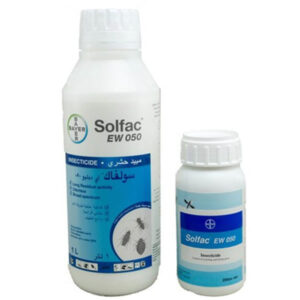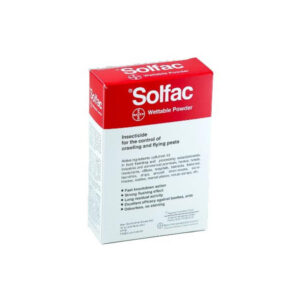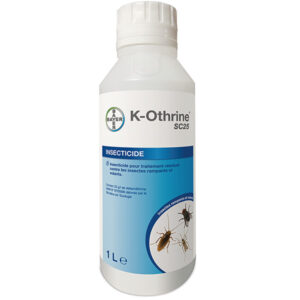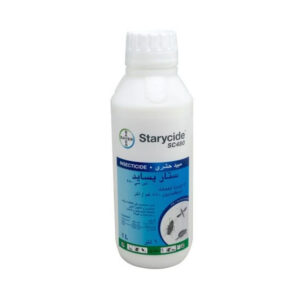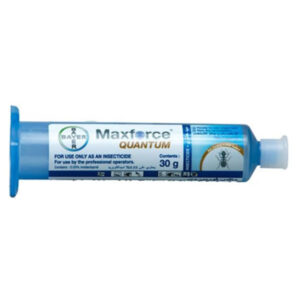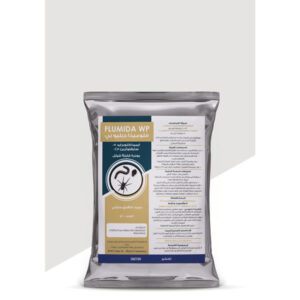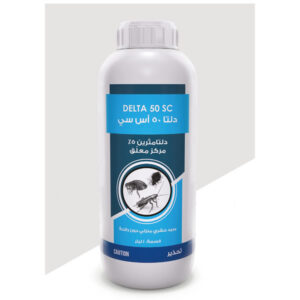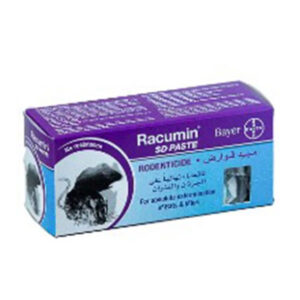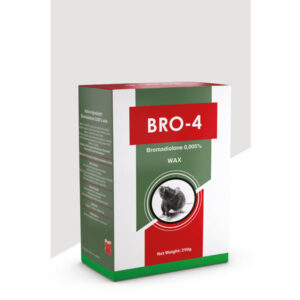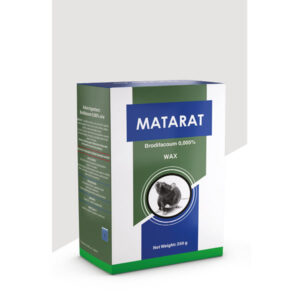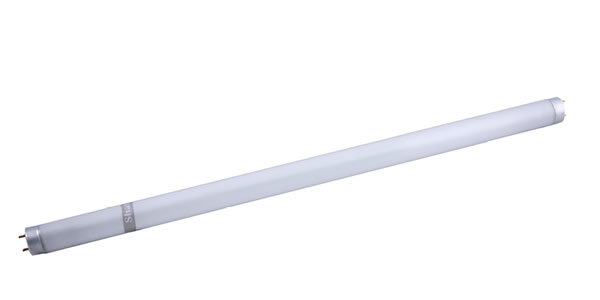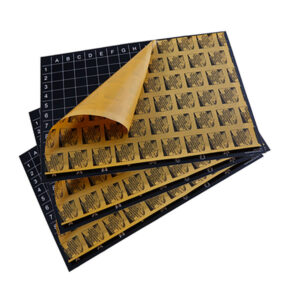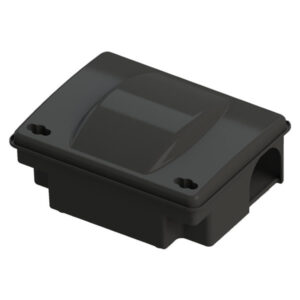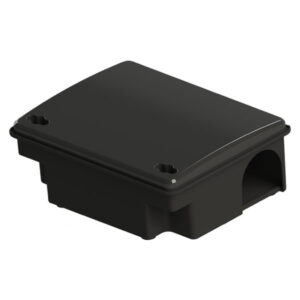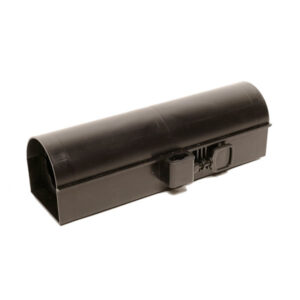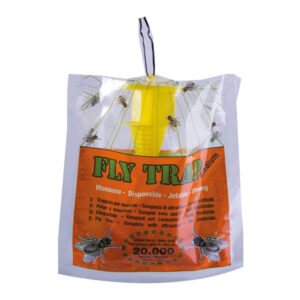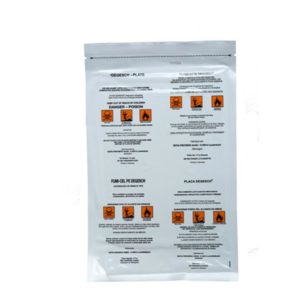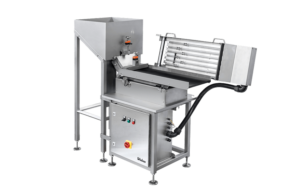
Species characteristics:
Spiders are arachnids and are actually closely related to mites, ticks and scorpions. Spiders have two body parts (cephalothorax and abdomen), eight legs and usually six to eight eyes. The average life span of a spider is usually one to two years, but some can live five years and up to 20 years. Two spiders that can be a health risk are the brown recluse and black widow.
Life cycle:
Spiders lay eggs within a silken egg sac that is often ball-shaped and either hidden in a web, affixed to a surface, or carried by the female. Spiders may produce several egg sacs, each containing up to several hundred eggs.
Some species of spiders may live for years, but most spiders only survive for one season.
Host/habitat
Spiders use silk for a variety of purposes, such as making egg sacs, capturing prey, holding prey, making shelters or retreats, and transferring sperm during mating.
Spiders are predators that typically feed on living prey. They produce venom that is poisonous to their normal prey of insects, mites, and other small arthropods. Spiders use a variety of tactics to capture prey. Some species are web builders that use webbing to ensnare their prey. Others are active hunters that actively search for their prey. Passive hunters are spiders that lay in wait for their prey rather than searching for it.
Importance as pest:
Spiders enter through opening, cracks and gaps around door and window frames. Or inside an outdoor item that is brought inside a home or business.
Although spiders are widely feared, only a few species are dangerous to people. Spiders will only bite humans in self-defense, and few





















